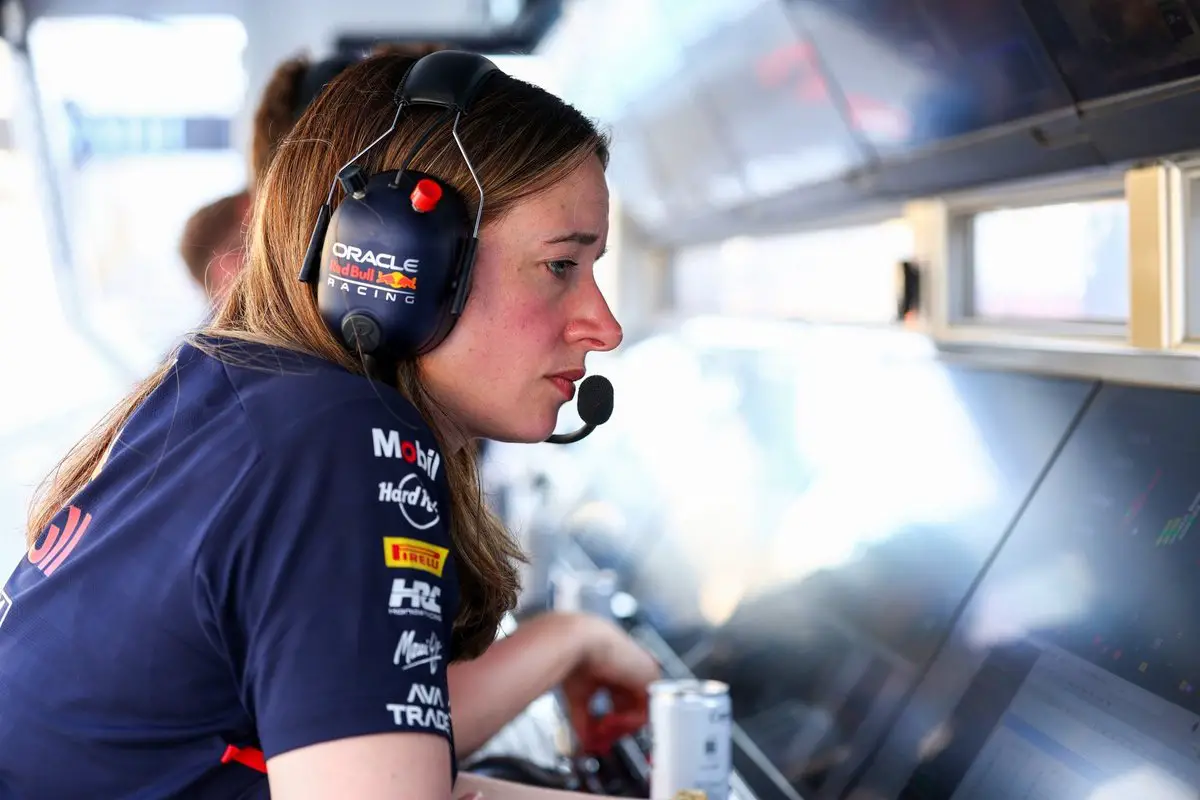Machine Learning in Formula 1: A New Approach to Race Predictions
As the excitement builds for another grand prix weekend, data scientist Mariana Antaya is taking race predictions to a whole new level. Instead of relying on gut feelings or expert analysis, she’s using machine learning to predict F1 race winners. So far, her model has correctly called the winners of three grands prix this season!
Building a Machine Learning Model for Race Predictions
Intrigued by the potential of machine learning in Formula 1, Antaya started building her own model. Using lap times from last year’s Australian Grand Prix data sourced from the FastF1 API data store, she set about comparing the 2024 race result with qualifying performances in 2025.
Once the rookies were removed from the program, Antaya began training her model using a gradient boosting tool. The program correctly picked Lando Norris as the winner of the Albert Park race.
Expanding the Model’s Capabilities
Encouraged by her initial success, Antaya wanted to improve her model and make it more accurate. She added weather data ahead of the Japanese Grand Prix, which included the chance of rain during the race and track temperatures at Suzuka. In addition to this, wet-weather performance of the drivers was also added, and the program used this to correctly predict Max Verstappen’s victory at the race.
The next big step for the model came ahead of the Saudi Arabian Grand Prix this weekend, when it was trained on each team’s performance so far this year. Antaya explained that the extra strand of data would help her program understand how well the car and team is performing.

The Popularity of the Predictor
The series of posts on Instagram and TikTok has been growing in popularity with each successive upload, and the clips have even reached Formula 1 itself. A handful of engineers from F1 teams on the grid reportedly reached out to Antaya after she started uploading, and she’s now looking forward to finding out how close she got to the prediction models used in the series.
Despite the success of her model, Antaya is aware that there will always be unpredictable elements in Formula 1. She plans to experiment with more complex machine learning processes to increase the accuracy of her predictions and reduce the mean absolute error of the model.







